Welcome to the World of Biodegradable Furniture Care Products
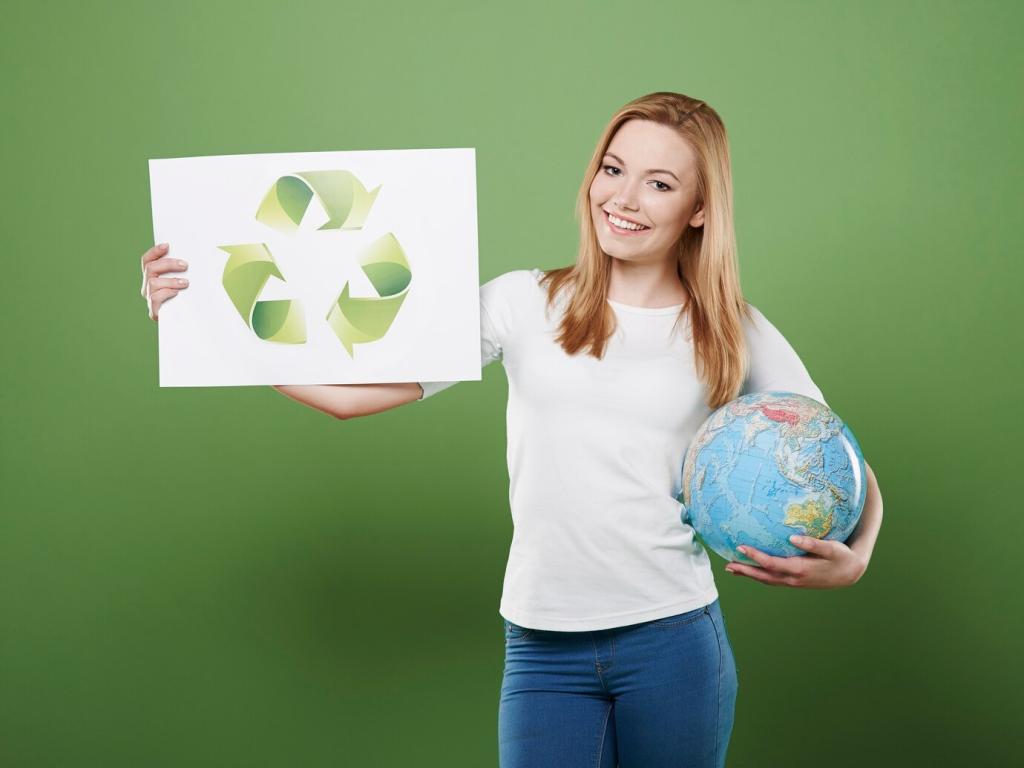
Defining Biodegradability in Everyday Care
Biodegradable furniture care products break down into non-harmful components through natural processes, minimizing aquatic toxicity and persistence while still delivering reliable cleaning, polishing, and protection for wood, leather, and fabric upholstery at home.
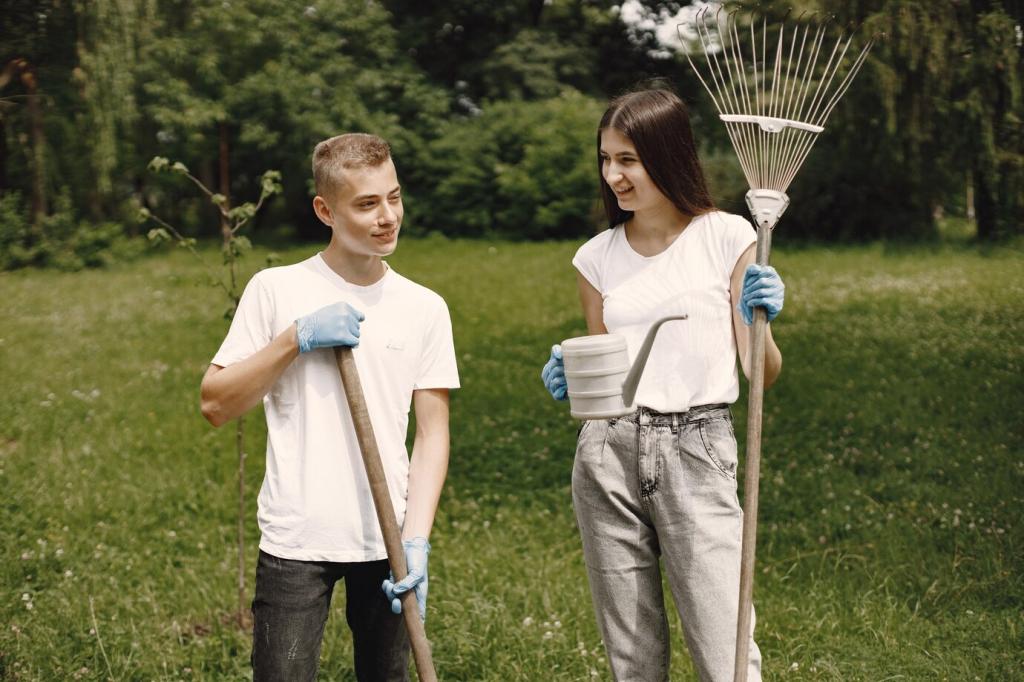
Why It Matters for Homes and Habitats
When residues rinse away, they should not linger in waterways or soil. Choosing biodegradable formulas reduces cumulative environmental load, supports healthier indoor air, and aligns daily habits with long-term ecological stewardship and family wellbeing.

Certifications and Trust Signals
Look for clear claims backed by third-party standards, such as OECD biodegradation testing, credible eco-labels, and transparent ingredient lists. If information is vague, message brands and request detailed documentation before purchasing or recommending to friends.
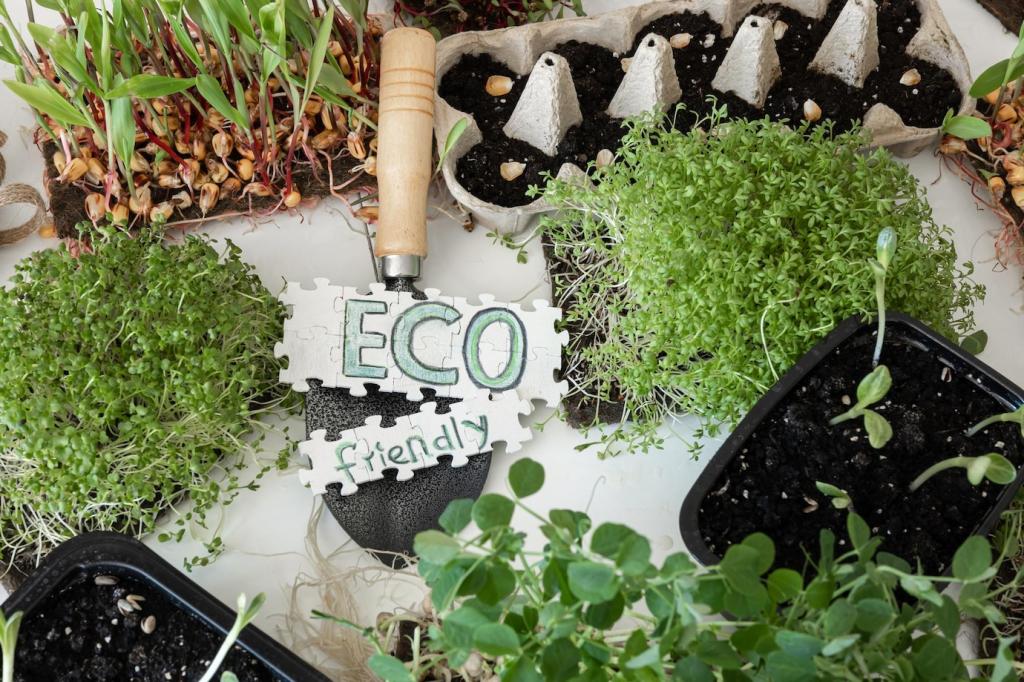
Plant-Based Surfactants and Solvents
Alkyl polyglucosides like decyl glucoside lift soils without harsh residues, while bio-based solvents such as ethyl lactate assist in degreasing. These ingredients provide performance, rinse cleanly, and reduce persistent pollutants that accumulate in indoor environments.

Enzymes and Gentle Acids
Targeted enzymes like amylase and lipase break down food and oil spots, while citric acid helps with mineral films. Always test on an inconspicuous area to confirm compatibility with finishes, lacquers, and dyes before broader application on prized pieces.
Caring for Wood, Leather, and Upholstery Sustainably
Dust with a dry microfiber, then clean using a diluted, pH-mild plant-based cleaner. Avoid overwetting and standing moisture. A reader revived an heirloom sideboard by switching to a carnauba-based polish—share your wood-care wins in the comments.
Caring for Wood, Leather, and Upholstery Sustainably
Use gentle cleansers and breathable conditioners like aloe or jojoba blends that nourish without clogging pores. Maintain pH balance, avoid petroleum residues, and buff lightly. If you rescued a leather sofa sustainably, tell us how you approached scuffs and dryness.
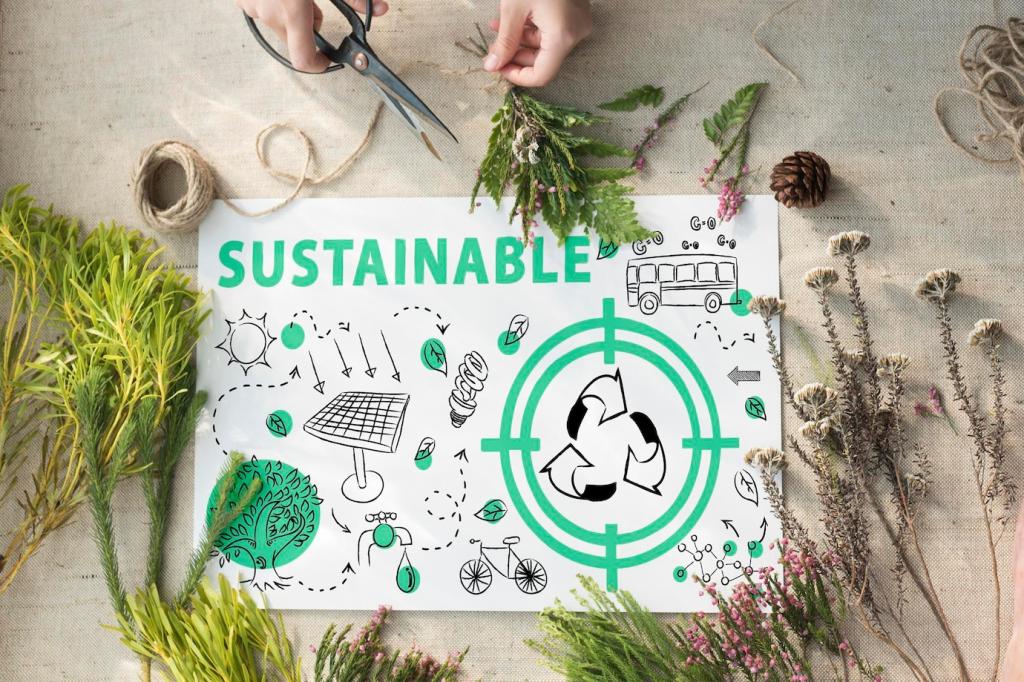
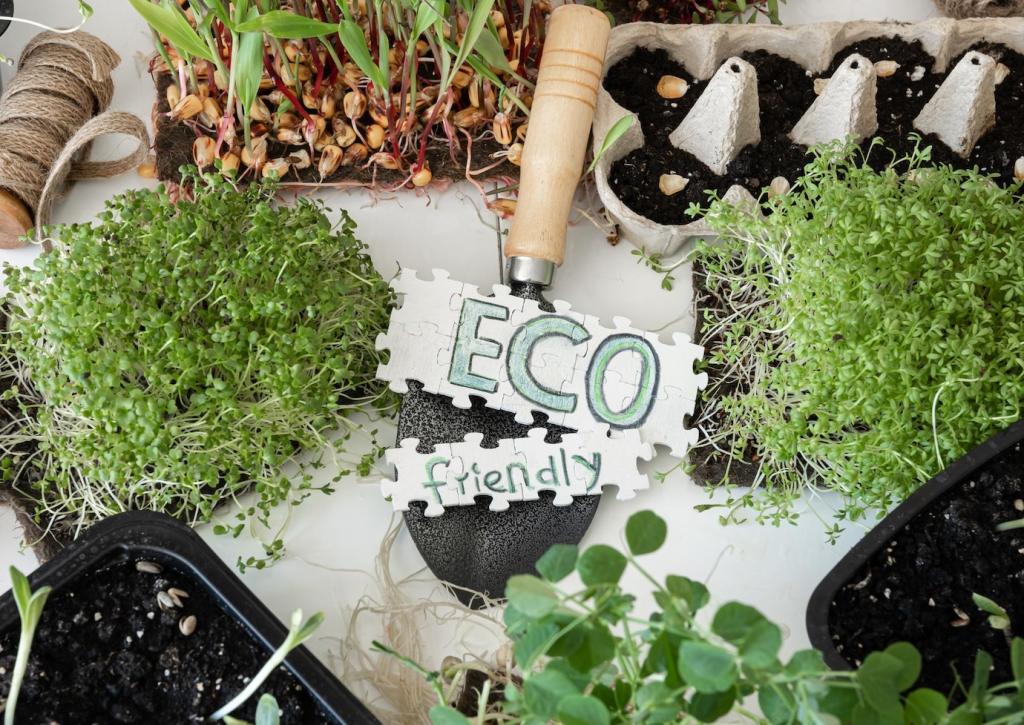
DIY Recipes That Stay Biodegradable and Safe
Combine distilled water, a small amount of plant-based soap or decyl glucoside, and a splash of bio-ethanol for quick drying. Avoid vinegar on finished wood. Lightly mist a cloth, not the surface. Patch test first, and never saturate edges or joints.
DIY Recipes That Stay Biodegradable and Safe
Melt carnauba and candelilla waxes with a modest ratio of linseed and jojoba oils. Cool, whip gently, and apply thinly. Buff to a satin glow. Ventilate well, label the jar, and note the date so you track freshness and consistent performance.
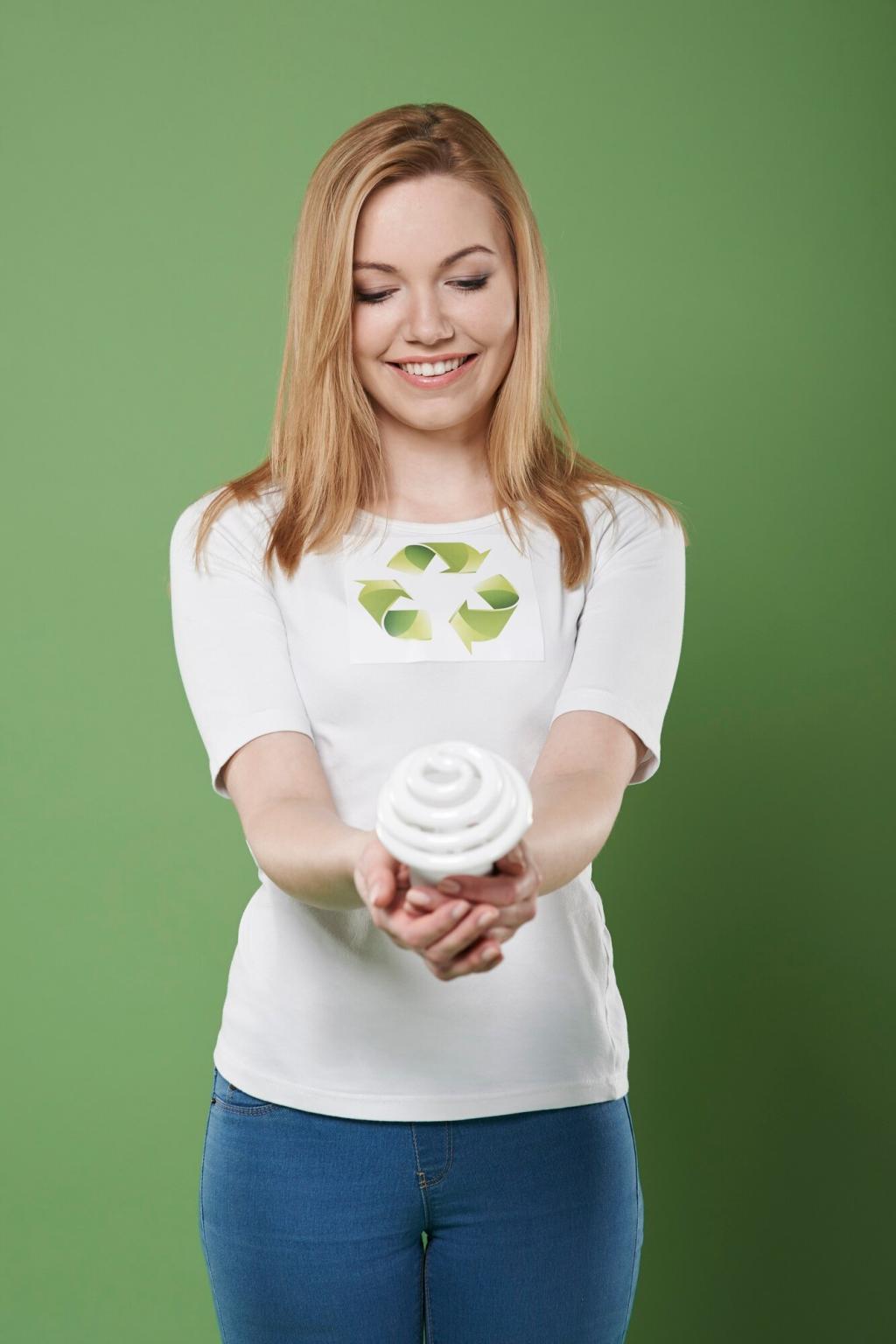
A family found a scratched oak table, cleaned it with a mild biodegradable wash, then polished with plant wax. The grain glowed again, and weekend dinners felt special. Share your own revival moments and what ingredient combo finally unlocked the magic.
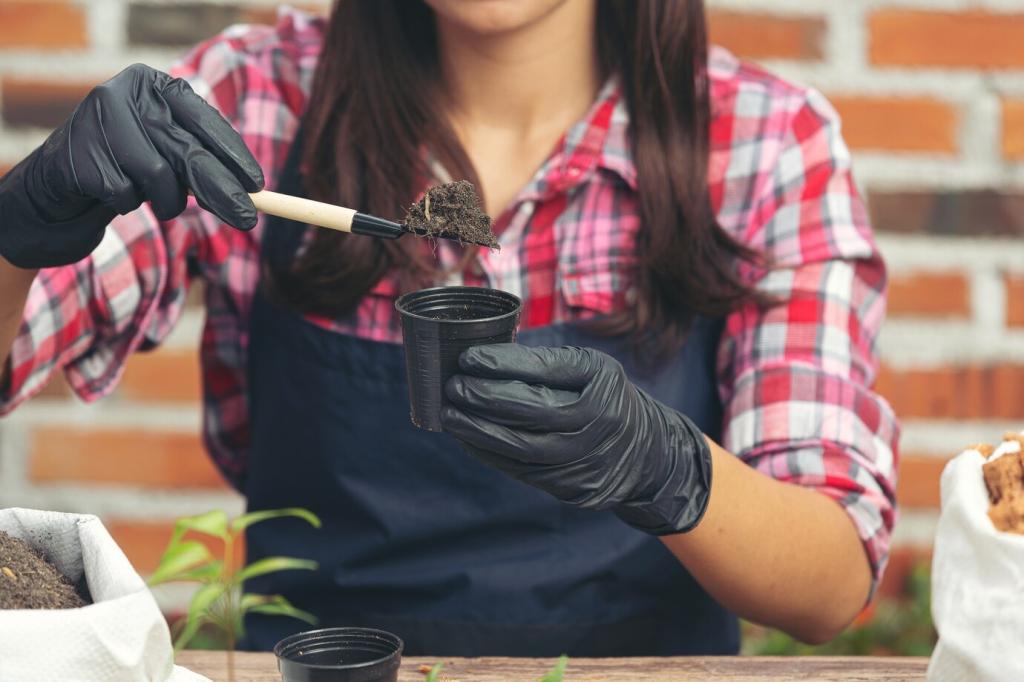
Switching to fragrance-free biodegradable sprays reduced sneezes for one reader. They dust weekly with microfiber and quick-dry cleaner, windows open. Within a month, comfort improved noticeably. If sensitivities shaped your choices, comment with tips that helped you breathe easier at home.
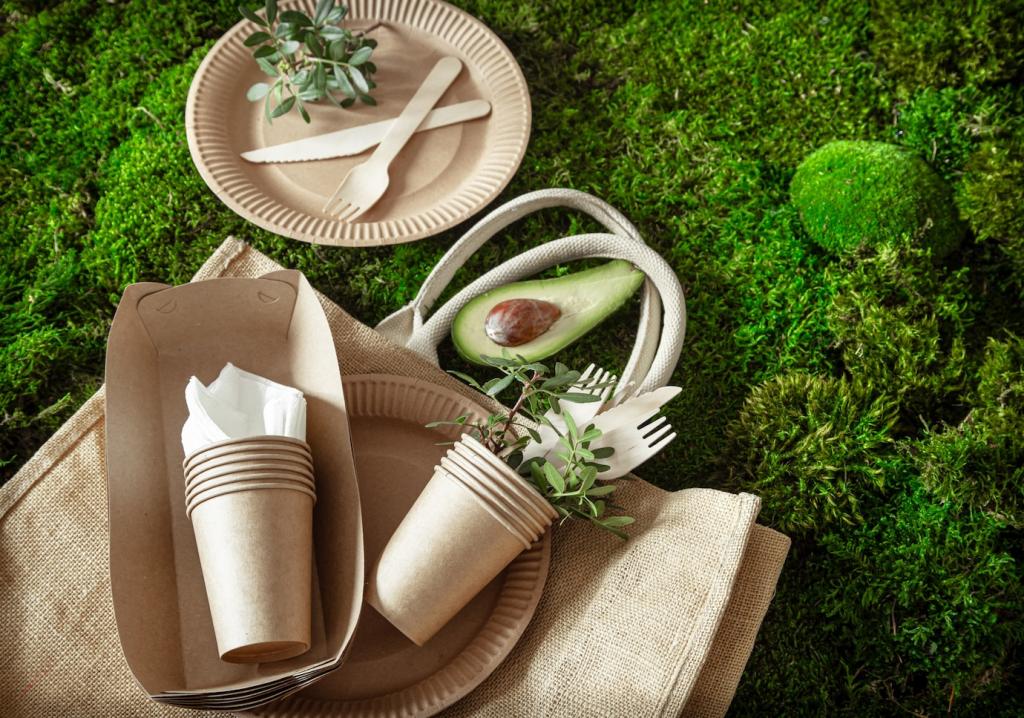
Neighbors set a monthly refill station, cutting single-use bottles dramatically. Swapping recipes and dilution notes built community pride. Consider hosting a micro-refill meetup, then tag us with photos—your setup could inspire someone to start in their building next weekend.
Smart Shopping, Packaging, and Disposal
Reading Labels Like a Pro
Scan ingredient lists for recognizable, plant-derived surfactants, avoidance of persistent pollutants, and clear biodegradability claims with test references. Beware vague buzzwords and look for batch transparency. Drop a comment if you’d like a quick label checklist you can download.
Packaging with Purpose
Choose concentrates, refills, and recyclable containers like glass or aluminum. HDPE bottles often recycle well when clean. Buy sizes you’ll finish promptly to prevent spoilage. Tell us where you’ve found dependable local refill stations to help others reduce packaging.
Use, Dilution, and End-of-Life
Measure carefully to avoid waste; more product rarely cleans better. Wipe with minimal residue, allowing surfaces to breathe. Follow local guidance for greywater-safe disposal and keep oils out of drains. Subscribe for our life-cycle guide covering reuse, refills, and responsible recycling.
